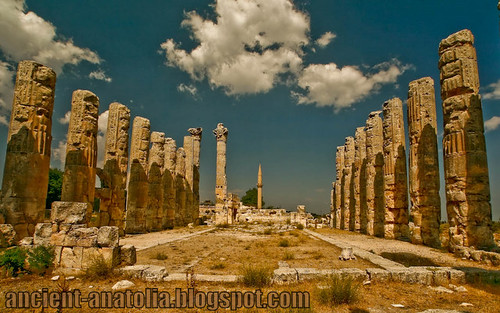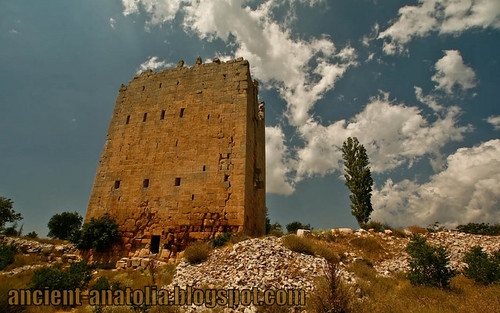
Olba is a Roman Catholic titular see in the former Roman province of Isauria (a region of Asia Minor, in present Turkey), suffragan of Seleucia Trachea.
Olba was a city of Cetis in Cilicia Aspera, later forming part of Isauria; it had a temple of Zeus, whose priests were once kings of the country, and became a Roman colony. Strabo (XIV, 5, 10) and Ptolemy (V, 8, 6) call it Olbasa.
A coin of Diocæsarea, Olbos; Hierocles (Synecdemus, 709), Olbe; Basil of Seleucia (Mirac. S.Theclæ, 2, 8) and the Greek Notitiæ episcopatuum, Olba. The primitive name must have been Ourba or Orba, found in Theophanes the Chronographer, hence Ourbanopolis in "Acta S. Bartholomei".
Michel Le Quien, French historian and theologian, (Oriens christianus, II, 1031) gives four bishops between the fourth and seventh centuries; but the Notitiæ episcopatuum mentions the see until the thirteenth century.
Its ruins, north of Silifke in the Turkish province of Mersin, are called Oura in Turkish.
